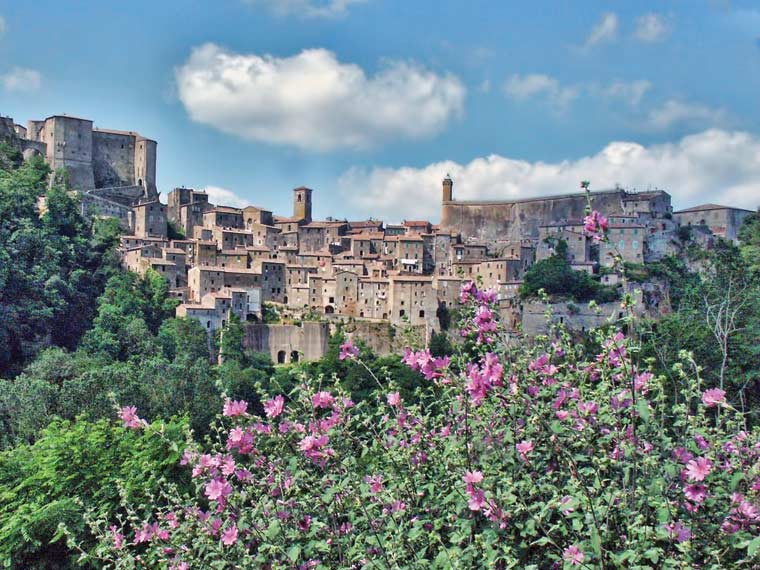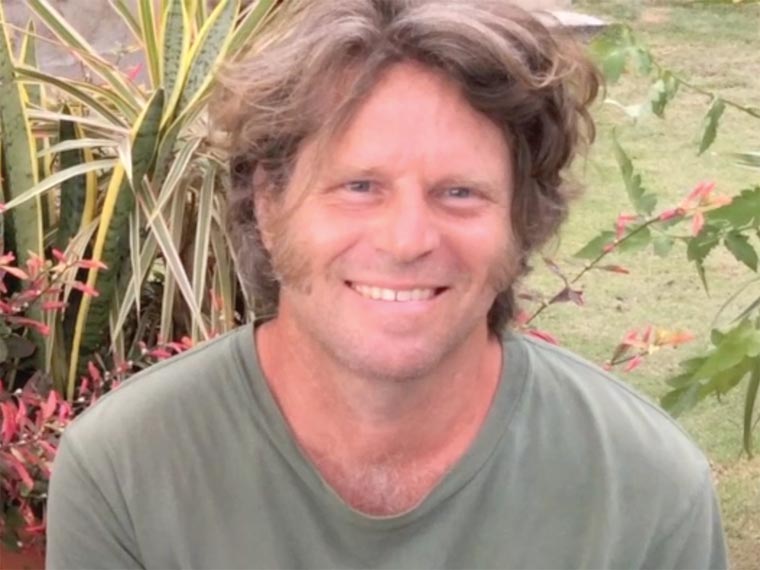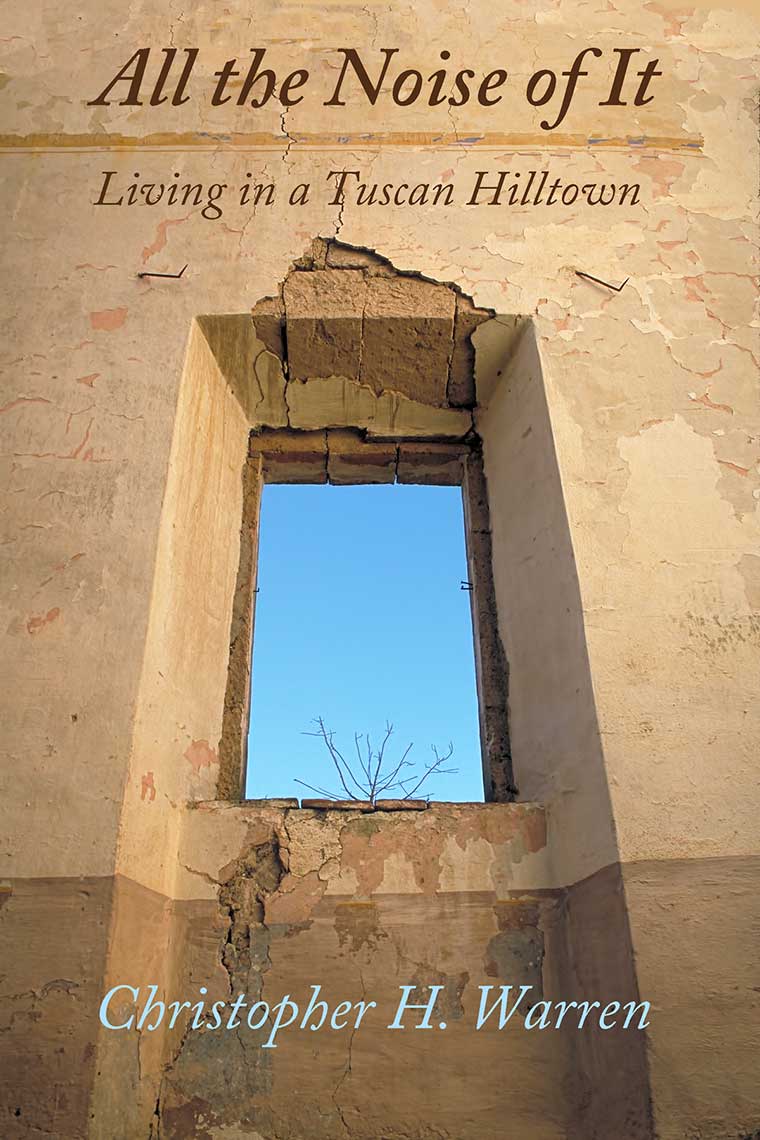Writer, photographer, and artist Christopher Warren ’83 embraces lifelong learning in Tuscany.

Christopher Warren ’83 first realized there was something different about Sorano, a medieval town in southern Tuscany, when he attempted to purchase a bus ticket to join a friend who was visiting there. “I was told the place didn’t exist,” he says. “If I hadn’t spoken to another agent, I might not have gone, and my life would have taken a different turn.”
Upon arrival in 1988, Warren was smitten. “It appealed to me romantically,” he says of the cluster of stone buildings nudging one another on a hillside. Despite limited knowledge of the language and culture, the photographer and ceramic sculptor bought and started renovating his first apartment in a 14th-century building.
Warren drew upon a rudimentary knowledge of Italy gleaned during his senior year at Sarah Lawrence, when he studied Italian literature with Judith Serafini-Sauli ’63 (Italian/literature, emerita). By apprenticing with a builder, he learned the basics of construction and picked up the language, albeit flavored by the salty, profanity-infused speech of the trade.
“Becoming part of the community was difficult,” Warren says. “I was one of the first foreigners to arrive. It was a dramatic learning process: learning how to build, learning about the town, getting to know people, and becoming an accepted member of the community.”
Noticing the townspeople’s self-sufficient lifestyle—they cultivated gardens, raised pigs, harvested grapes, and made their own wine—he started helping with these tasks. Eventually, the villagers began inviting him into their homes and teaching him how to cook, make wine, and speak Italian properly.
Around them, the population dwindled as people left for newer towns with modern amenities: from 4,000 residents a century ago to 200 when Warren arrived to 50 today. As the town emptied, Warren continued to buy and restore properties and plots, creating a botanic garden and a ceramics studio (he studied ceramics with Mikhail Zakin at SLC) as well as residences in Neolithic caves, which are among his rental offerings.
The abandoned buildings enchanted Warren, who found them beautiful in their state of decay. Wondering what had once animated the streets, he started interviewing the elderly residents. These conversations, coupled with black-and-white portraits and colorful photographs of Sorano, form Warren’s memoir, All the Noise of It: Living in a Tuscan Hilltown. Each chapter is prefaced with pensées (pensieri in Italian) by Giacomo Leopardi, a 19th-century philosopher-poet Warren studied with Serafini-Sauli.
“I was drawn to these people because they were blunt, but interesting, characters,” he says. “They were terribly poor and had to be resourceful to survive. I learned that adversity breeds character.”
Written by Patti Harmon
Photos courtesy of Christopher Warren

